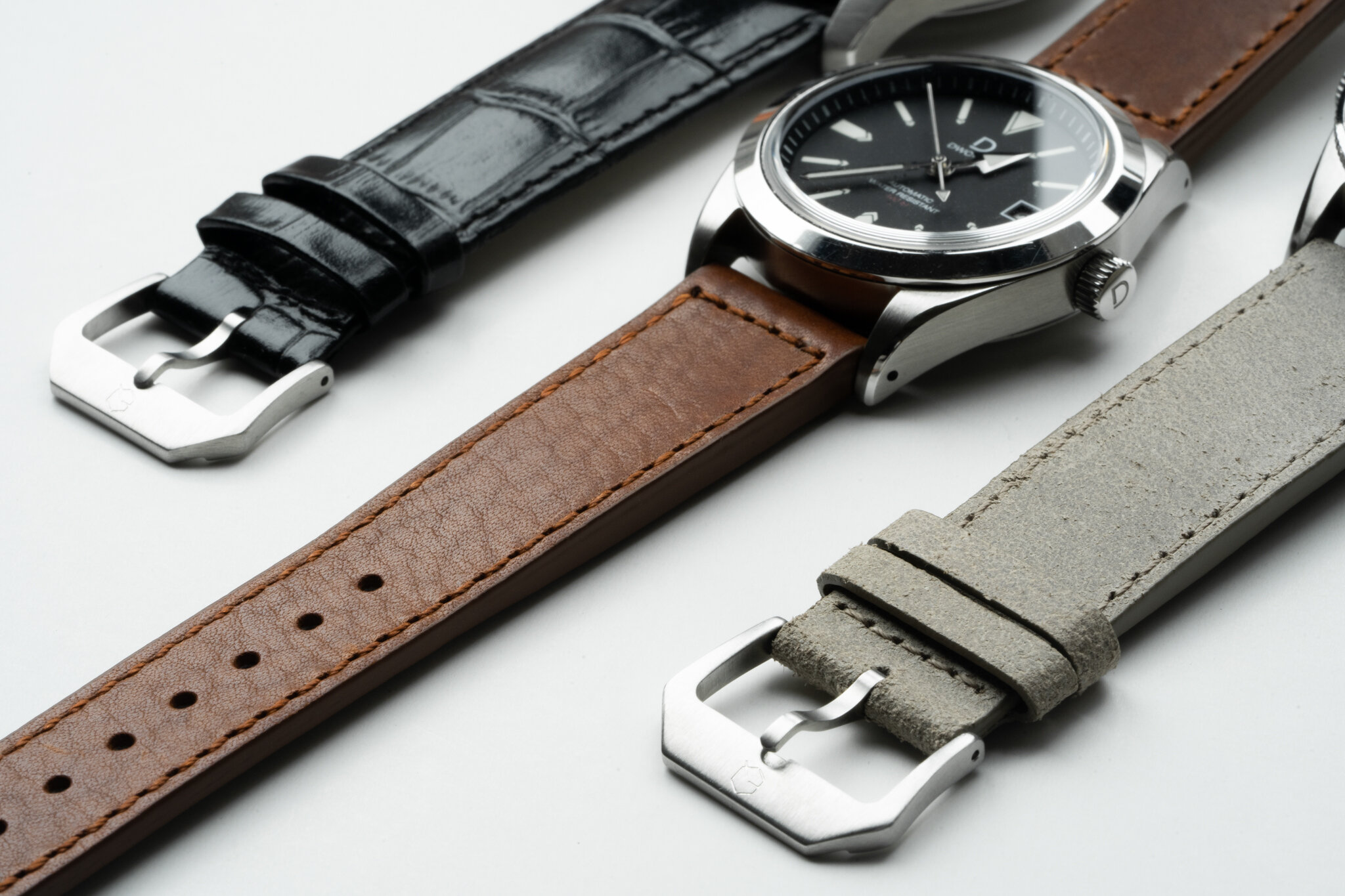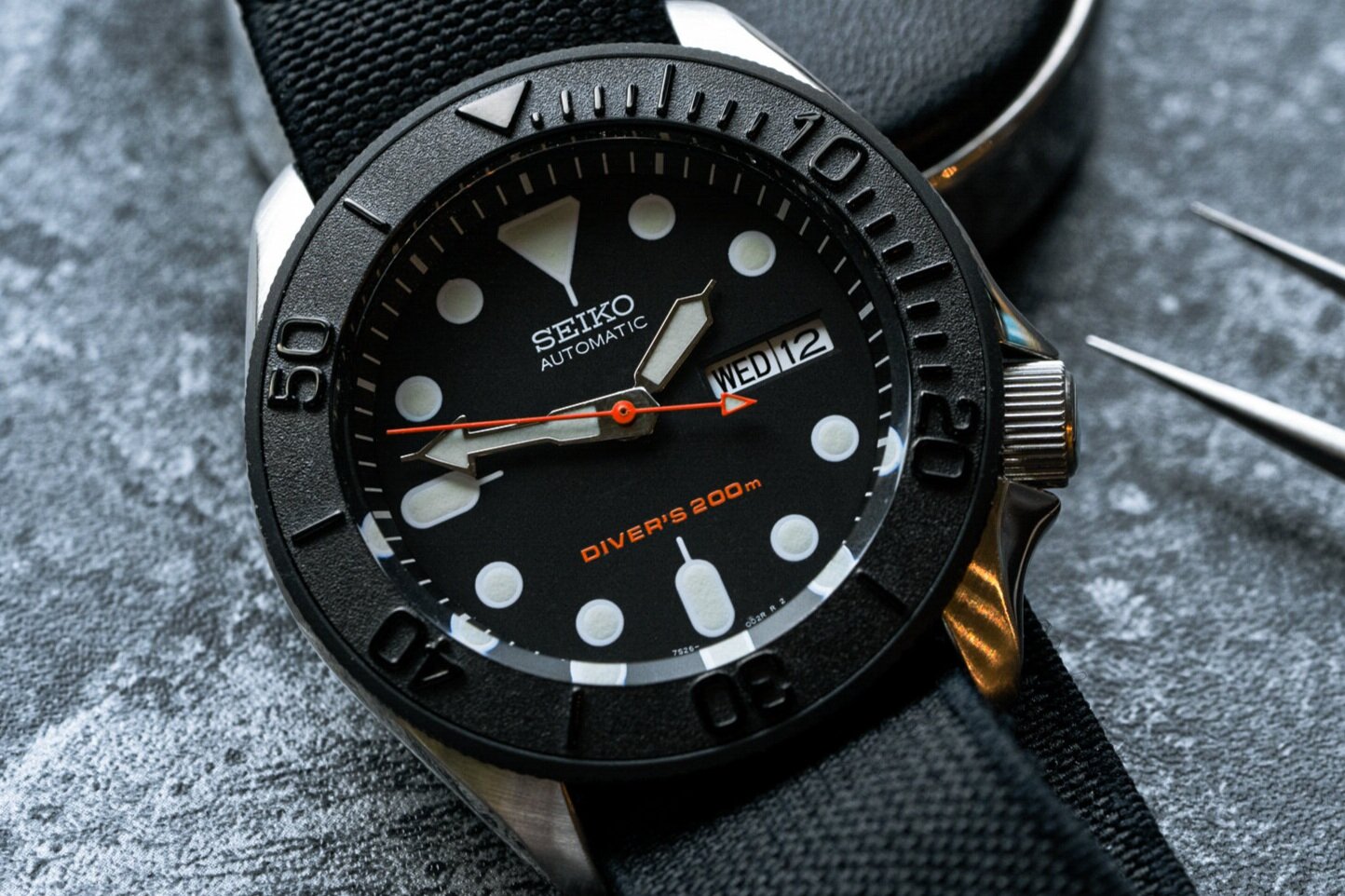Problems with dial installation
and how to fix them quickly
The dial is quite literally “the face of watch” — treat it well and your watch will look fine
Dial is quite literally the face of a watch. Not only is it important for obvious aesthetic purpose, a bad dial installation could impact subsequent steps in watch assembly, such as hand installation and casing. That’s why sometimes when you encounter problem with hands and during casing, it’s a good idea to re-check to see if your dial installation is the culprit.
How to Check if a Dial Installation is okay
First thing, let’s establish how low a dial should go into the movement or movement holder. In general, it is preferable to have the dial as low as possible. But in practice, any gap less than 1mm is practically acceptable.
To check your dial installation, simply observe the movement assembly from the side, and slowly turn it while taking note of the size of the gap between the dial and the movement. If the gap remains minimal and more or less the same, then the dial installation is correct.
Dial doesn’t go in
Sometimes, during dial installation, it might seem like the dial just won’t go in no matter what you try. In this case, it’s better to refrain forcing the dial in, because if you can't get the dial into the movement holder, the feet on the bottom of the dial might be bent, and if you try to force it, one of the feet might break.
To check for this problem, you can look at the dial from the side, and see if the feet are parallel (straight down) or slanted. be sure to check from multiple angles too. If any one of them appears to be bent, you can straighten it out using the tweezers. Now you can try again and see if it fits. Align one foot into the movement first, then see if the other foot is aligned to the other side of the movement. It shouldn’t take much forcing if the feet are aligned.











Blued hands and screws are ubiquitous existences in the history of watchmaking. Behind that frequent appearance though is a history and science that go beyond the aesthetic value of flame bluing.